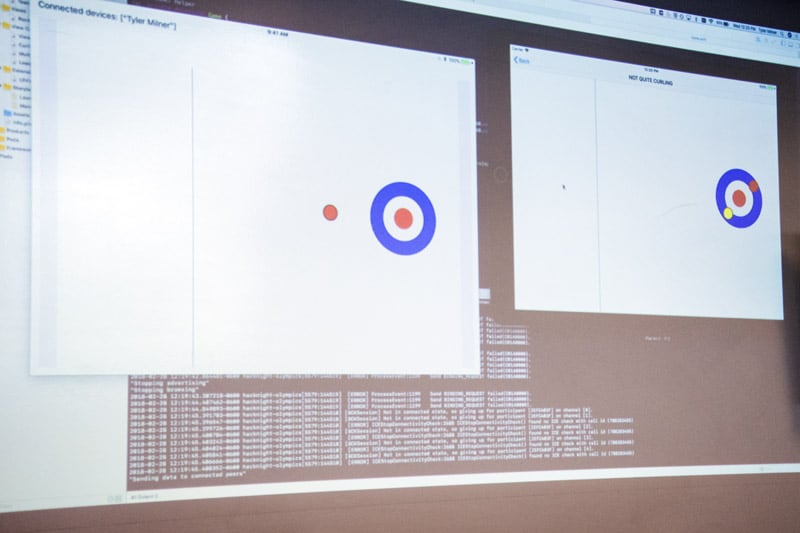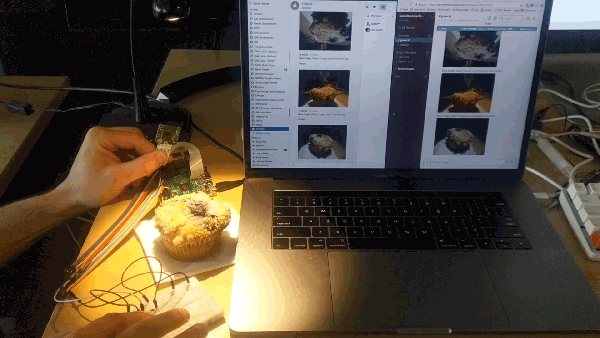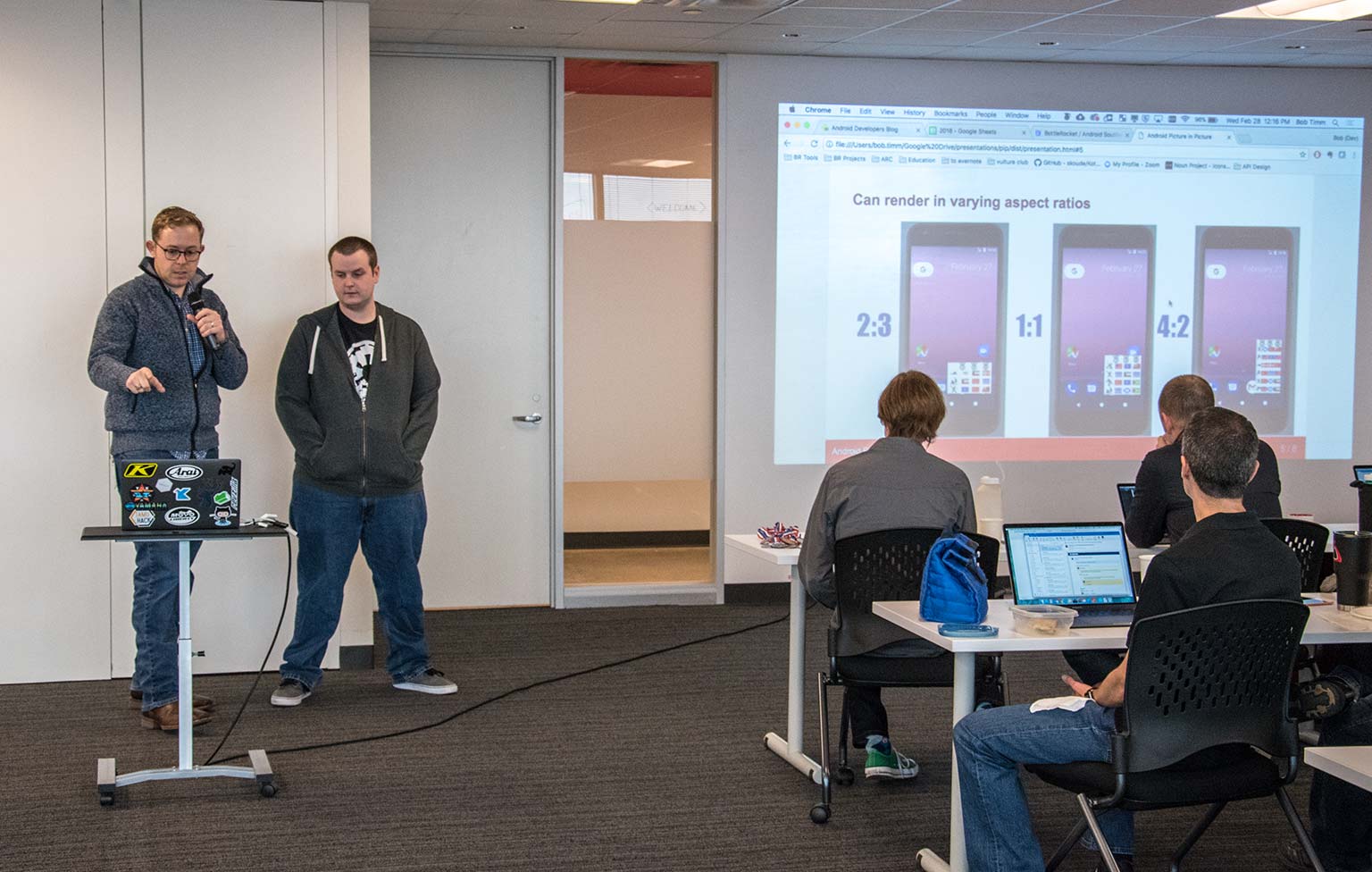Over the past week, our developers have been hard at work on (loosely) Olympic-themed projects using the latest features and resources available from Apple, Google, and anything else that caught their attention. Before we dive into the projects and who ended up winning, we wanted to explain the importance of hackathons to Bottle Rocket's culture.
Learn about our yearly hackathon, Rocket Science.
Taking a Moment to Try: 3 Reasons Hackathons Matter
Reason 1: Trial by Tepid Fire
Each year, the tech giants that power the computers in our pockets release a wide range of new features and capabilities for their platforms – though some features you might not see until the following year. Whether the feature is in Beta or because we haven't found a need for it in a client's app, it is important to take the time to learn and play with them anyway. We’d rather constantly run into roadblocks building an app that literally has no purpose instead of discovering the problems in an active project.
Reason 2: They’re Fun
When asked about hackathons, a Rocketeer involved in the event said, “I used to think hackathons were just for kids and college students, but I couldn’t be more wrong. They’re fun, fast-paced, and exciting, which is a great way to get students involved, but they’re still just as fun for adults.” Hackathons are a time away from the pressure of client work, where failure is without consequence. There’s no breaking of keyboards, just laughing along with the insanity of it all.
Reason 3: They Reduce Time-to-Market
Unknowns are the bane of project estimations. The more we know about the tech in question, the fewer variables there are in planning. Instead of jumping into a project that suddenly doubles in duration due to unforeseen problems with a feature or how to best implement it, hackathons give us the time to learn everything we need to know. Then, when the time comes to add a new feature for a client, we already know what to expect.
But enough about hackathons, here’s what happened in our latest event.
Results of Our Olympic Hackathon
In First Place: The PIPlads
This team (seen in photo above) explored the new Android feature Picture-in-Picture mode. The goal was to have a live scoreboard of country medal counts displayed as you use your phone for other day-to-day tasks. They were able to get a functioning prototype completed and even discovered a few fun facts along the way. For instance, they found that if you make the aspect ratio of the minimized screen to extreme, it’ll crash. Also, they found that you could make the panel transparent – a totally useless feature unless you want to confuse your users, but a cool find nonetheless.

Second: The Gas House Gang
Seeking to better understand the capabilities of connectivity in iOS 11, The Gas House Gang made a curling(-like) game in which you slide pucks into area marked with a target. The reason this is interesting is that they had it running in two different applications – not the same application on two devices, but two different applications. While this might not sound like a feat, it shows the potential of having two completely different applications updating in real time to display information from each other.

Third: The Things
Riding off the concept of tracking athletes’ diets, The Things explored one of the newer sides of IoT devices in the Android ecosystem – Android Things. Using a Raspberry Pi, the team had a functioning prototype that allowed them to photograph the food they were about to eat and then automatically post it to a channel of their choice. This could, for example, allow athletes to easily snap a photo and share it with their dietitian with the click of a button.
Honorable Mentions
Everyone’s a winner in our eyes when it comes to hackathons. While some may not have finished, others found that the technology they were trying to leverage was actually not ready for the spotlight.
Brand New Wizbangs
This team put Apple’s ARKit 2D image detection and face mapping to the test with this face-painting experience. However, they ran into a roadblock trying to merge some features as the application would not allow it and crashed during each attempt to do so.
Javelin
Leveraging Android’s Autofill Framework and Firebase Realtime Database, Javelin worked to create an up-to-date, real-time database that could update information and provide it as an autofill suggestion on the fly.
Alloy
Alloy explored Metal, Apple’s proprietary graphics processing engine, and was able to have the five rings of the Olympics animated used 1,000 triangles.
Monads
The Monads used GraphQL and gRPC to solve API request issues and better refine the answer to a single request from a database instead of having to pull data in multiple requests.
Got an idea for your business but not sure where or how to start? Reach out to Bottle Rocket. We may just have an answer for you.

